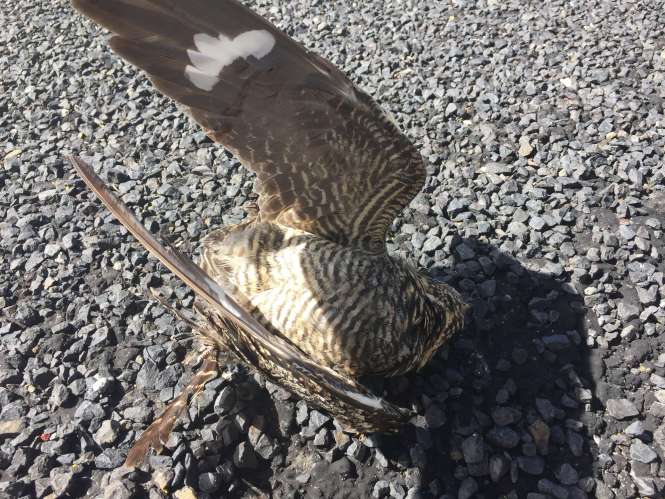Newberry Caldera
In an attempt to avoid firework noise and pack in nature time over 4th of July weekend, Tomas and I headed southeast past Bend to the Newberry National Volcanic Monument in the Deschutes National Forest.
Within the park is Newberry Caldera, which formed 75,000 years ago after an eruption-explosion-collapse event of a shield-shaped volcano, Newberry Volcano, apparently the largest volcano in the Cascades volcanic arc (the size of Rhode Island). Impressive stuff.
Neither of us had been to the monument before and we looked forward to exploring unknown territory. We arrived late Friday night, scanned (and rejected) one official campground that was packed with noisy campers, and instead opted for our new favorite camping method, no-frills dispersed camping. Just a simple, quiet place to sleep.
The next day, Tomas mountain biked 20 miles around the caldera, while I drove to Paulina Peak for a short hike and to check out the views. And birds. ALFB (Always Looking For Birds).
There are some pretty stunning views of the mountains, lakes, and surrounding volcanic features from the peak. At first I was kind of annoyed at a couple of dudes who climbed the rock in the distance putting themselves right in the middle of the nature scene.
But then I looked closer and all was forgiven. Hilarious.
They weren’t the only ones admiring the view.
I hiked the short distance to the rock and back, noting Western Tanager, Clark’s Nutcracker (of course, so easy), and many Yellow-rumped Warblers.
And Rock Wrens singing away.
And I heard for the first time the “ringing tew” (or “squeaky eek“) of the Townsend’s Solitaire call. To me it sounds more like a rusty wheel. Really glad I matched the bird to the call, it’s pretty unusual! Unfortunately, no usable pics.
I left Paulina Peak and headed to the Big Obsidian Flow I could see below. This flow is the “youngest” in Oregon at only 1300 years old.
Driving there I came across two (!) Common Nighthawks dead on the roadway.
Ugh. So terribly heartbreaking. I moved them off the road into the trees. Somehow it seemed better.
There weren’t many birds at the flow, Rock Wren, Red Crossbill, more yellow-rumps, but there was a heck of a lot of cool lava rock (basalt, rhyolite, and obsidian).
I was fascinated with the few scattered trees growing out of the rocks. Against all odds.
A ranger told me that a pika family lives near the bottom of the stairs at the Obsidian Flow, but I couldn’t find them this day. And it was getting late, so I returned to the parking lot to meet back up with Tomas.
While waiting I came up with Pine Siskin, Red-breasted Sapsucker, Brewer’s Blackbird, a quick glance at an Evening Grosbeak flock(!), and Red Crossbills. Here’s a consolation crossbill photo because I missed the Evening Grossbeaks. Dang.
The monument is full of lava flows, lakes, and spectacular geologic features. And it’s still seismically and geothermally active! We felt good even having explored a fraction of it before moving on to our next destination.
I never get tired of that view.
Tweets and chirps,
Audrey
















Beautiful! Mark and I visited Newberry a few years ago, but it was gray and cloudy, so all my photos are like gray skies on top of black obsidian. We did find tiny adorable tree frogs living on the flow, tho. And we camped by the lake (Paulina?) where the wind blew and raged and howled all night and there were mice in our food. Good times!
We really lucked out with the weather. No fire, rain, or freezing temperatures, might be a first!
Frogs – neat!!
Such a cool place.